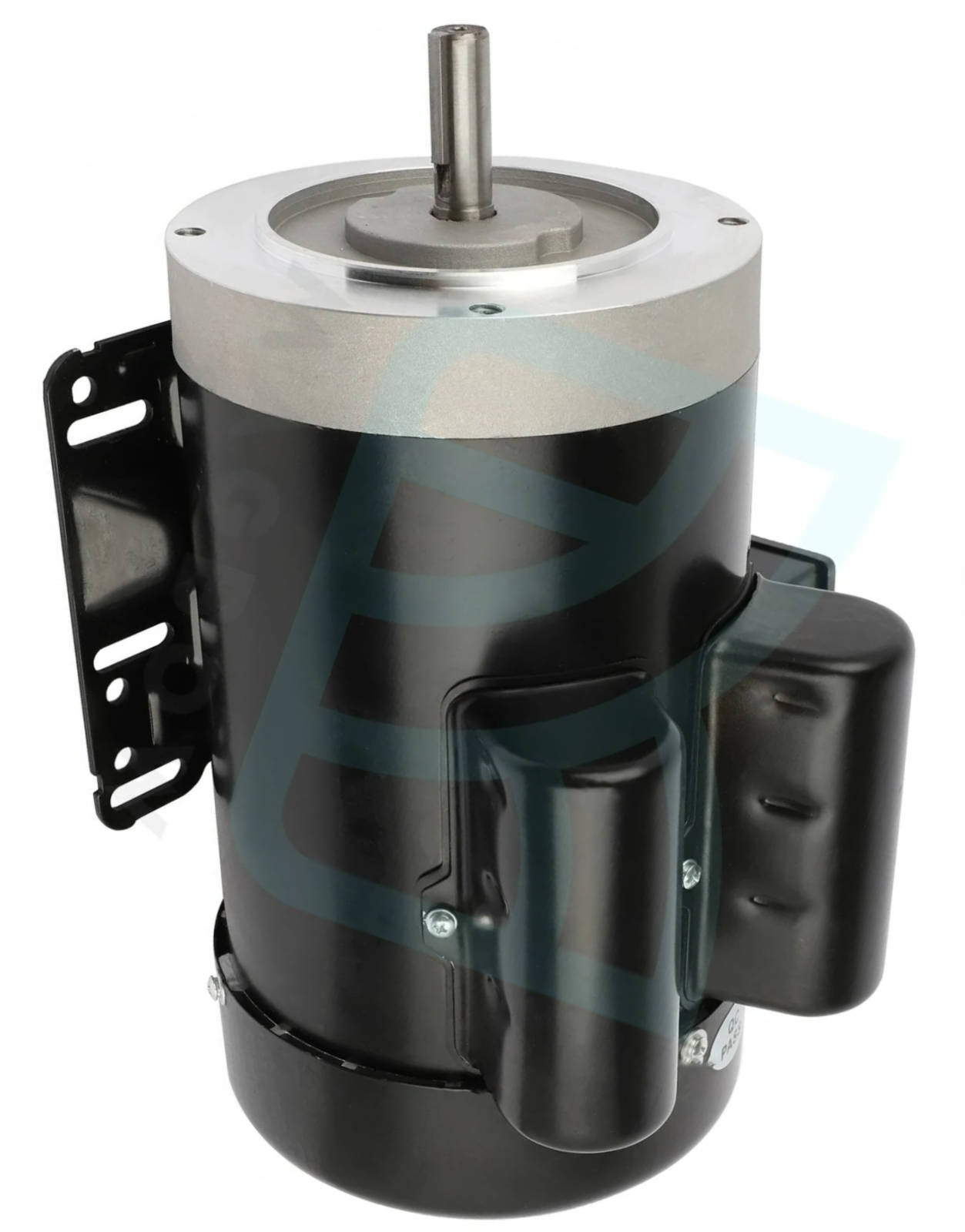Home - Welcome!
Created: June 1994
Updated: Mar 22, 2020
These pages evolved from my first web pages I wrote when only the military and universities had Internet access. I used them to teach myself HTML. My parents taught me young to jump in, learn how to do things well, then take the time to do my best. This philosophy made for lots of interesting adventures and a pretty full life, some of which is shared here.
Wood dust almost took my life and inspired me to invent much more effective small shop dust collection technology. My respiratory doctor convinced me to share my solutions. This turned into more than a full time volunteer job with almost all of my work since 1999 centered on my Cyclone and Dust Collection Research pages accessible from here. Overwhelming upkeep convinced me to go back to college to learn web design. These personal pages were done as one of my class projects. These pages share a few just for fun nonsense pages, plus a little bit more about me. Meanwhile, please enjoy and email me if you have comments or suggestions.














